Help
Community21 has selected some case study communities and projects to share across the network to inspire and inform others. Should we be featuring yours? If so get in touch.
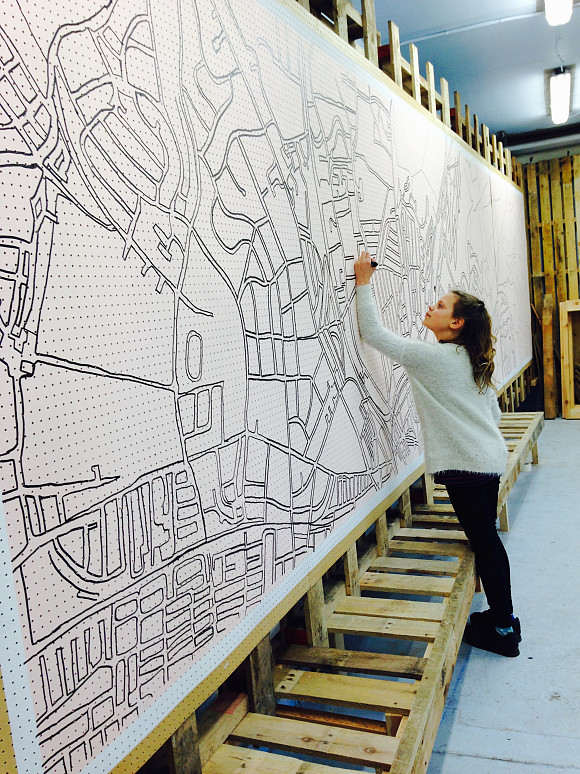

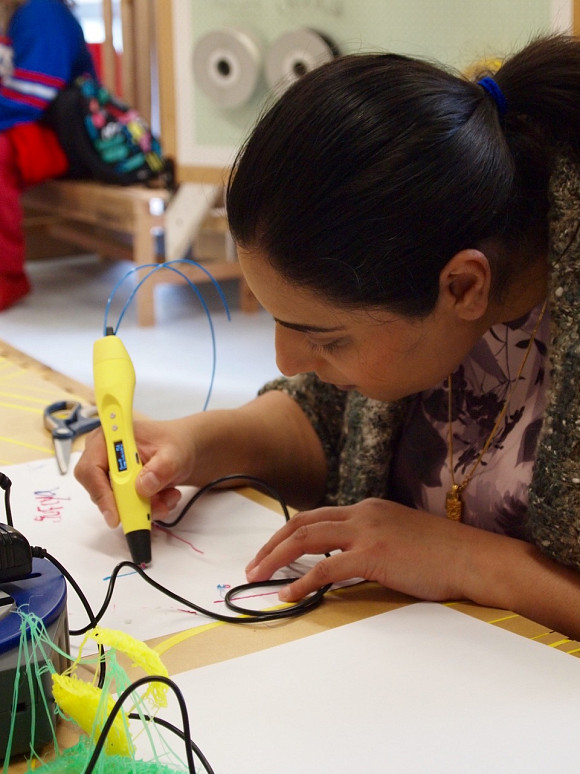
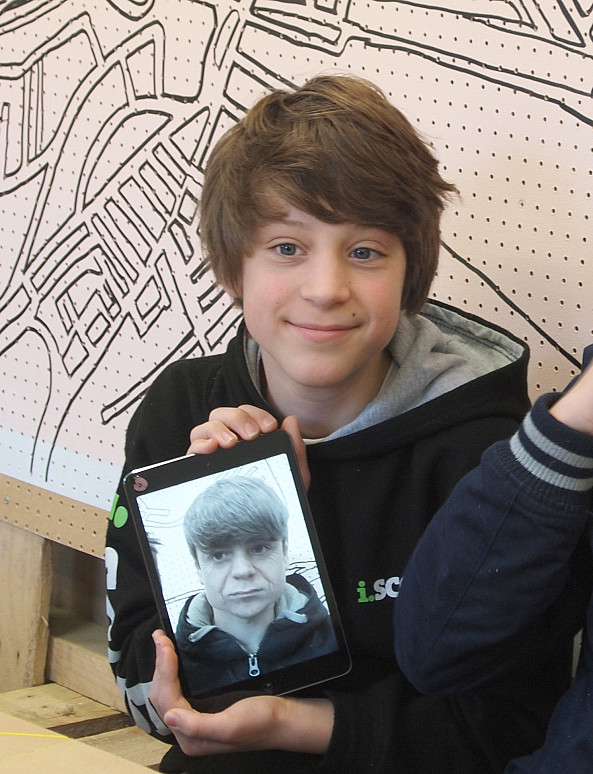
Place-Making + Maker Space = The Place-Maker-Space
The Community21 Place Maker Space is Community21's answer to the 'Urban Room' idea suggested in the government commissioned Farrell Review 2014. It is a space for people who are actively making and envisioning places, or communities to come together and use various 'place-maker' tools to help create collaborative visions for their neighbourhoods. Conceived by Nick Gant as part of ongoing research into the role of creative making in engaging diverse publics.
The localism bill, neighbourhood plans and all manner of community planning processes and legislation ask communities to devise 'visions' for their community - but evidence suggests they do not have the tools to do this.
Community21 researchers along with our graduate social enterprise collaborators BlockBuilders and Exploring Senses have a developed range of engaging, creative tools which have been co-designed through collaborative research with communities to enable community envisioning.
The space helped to inform developments on the site and was used by a diverse range of people from different parts of the city, civic and local authority and governmental groups with interest in sustainable development and public participation.
The Place-Maker-Pace was co-funded by University of Brighton and U+I PLC as part of FIELD BTN. http://fieldbtn.com
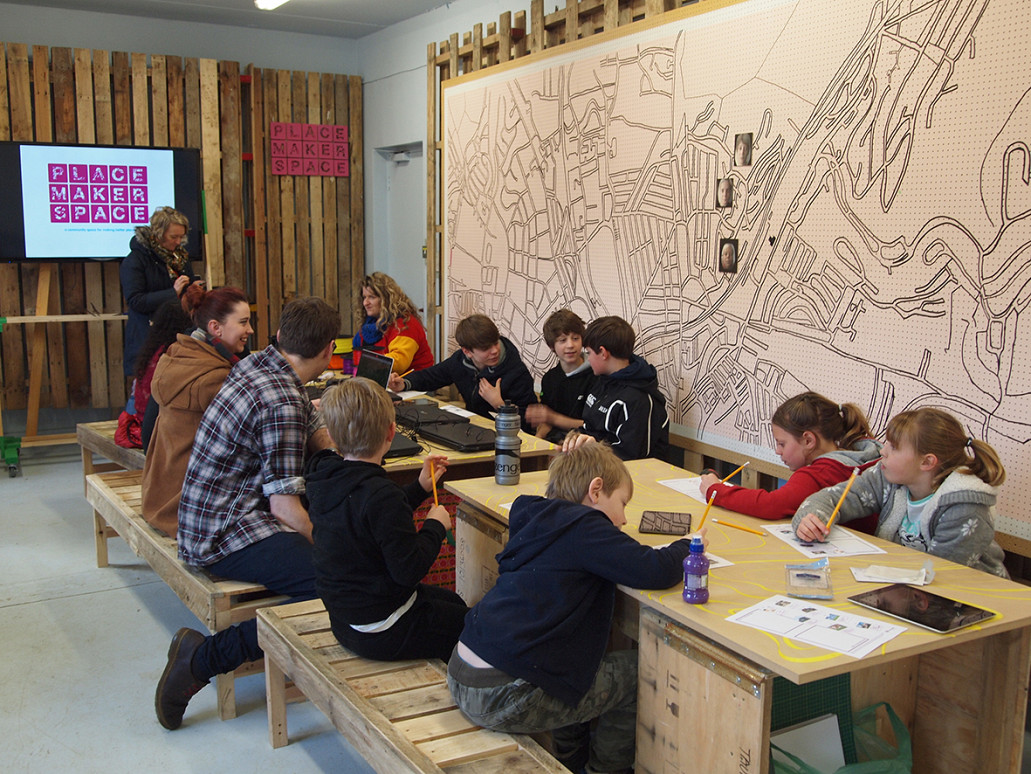
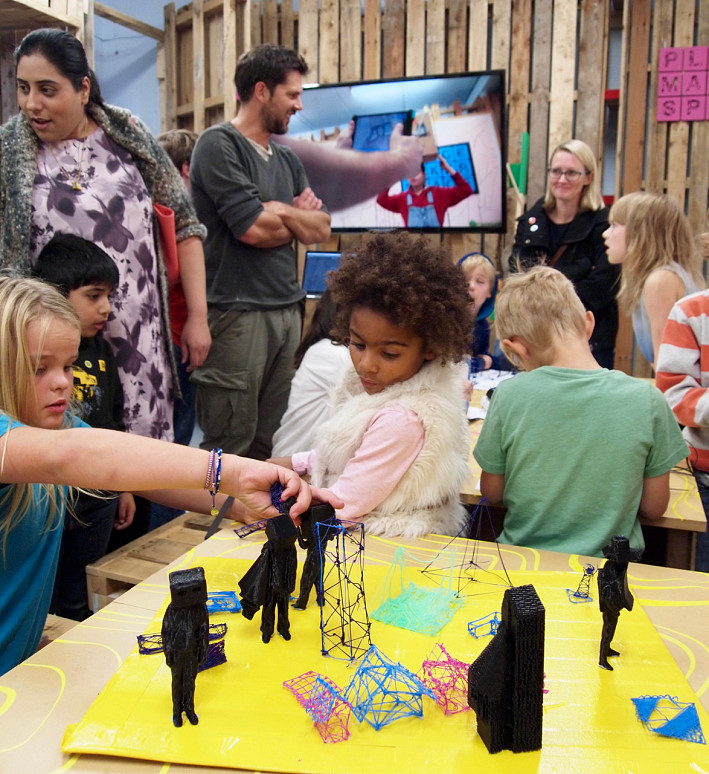
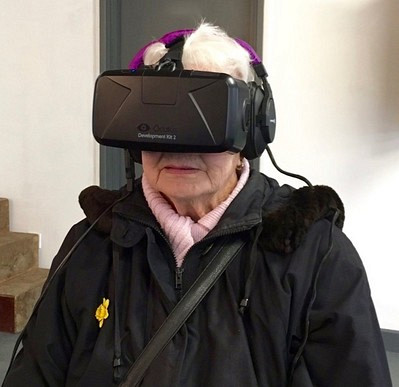

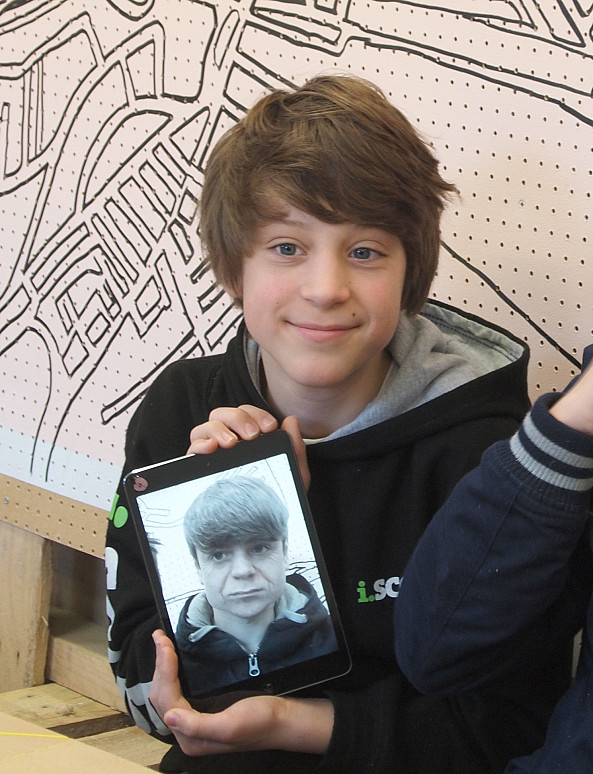
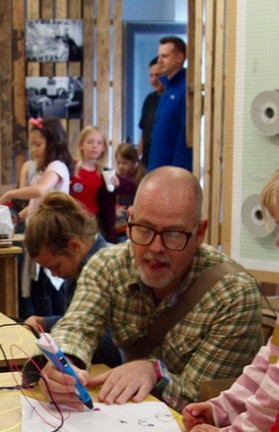
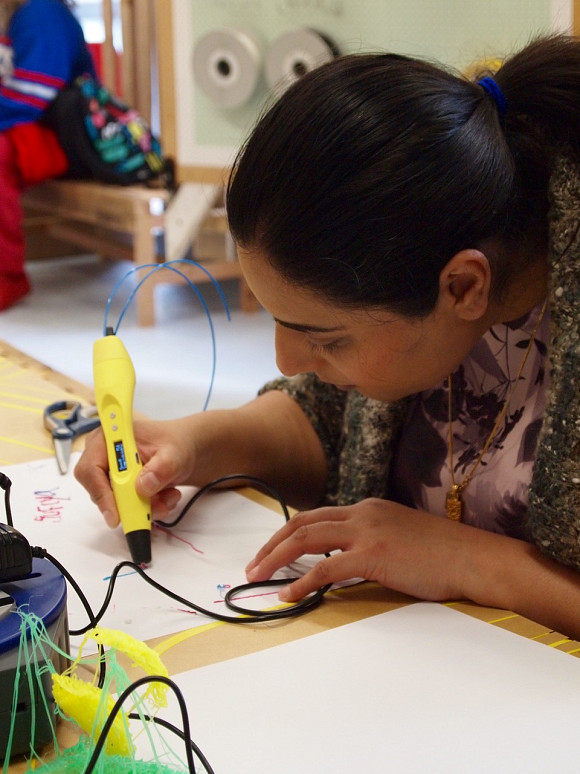

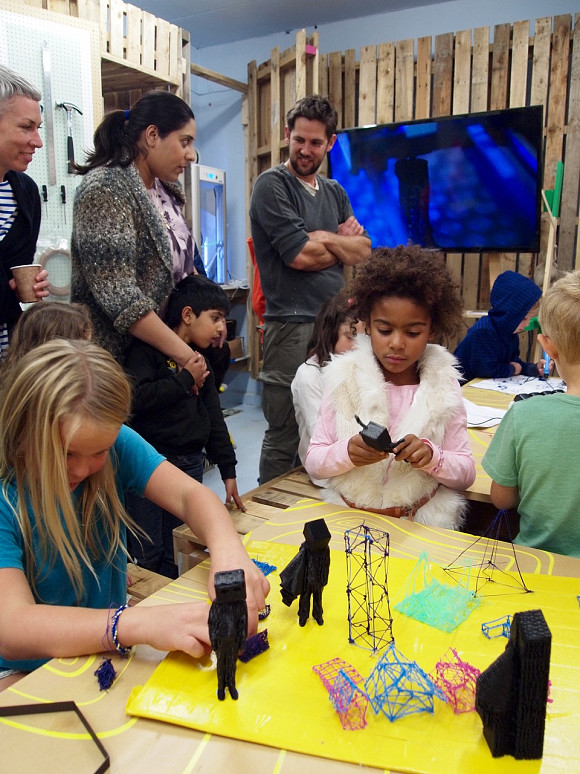
We have been using our 'dig-tools' and 'making-methods' which are proven as effective in engaging diverse sectors of the community in the inclusive, creative development of visions for the future of their neighbourhood.
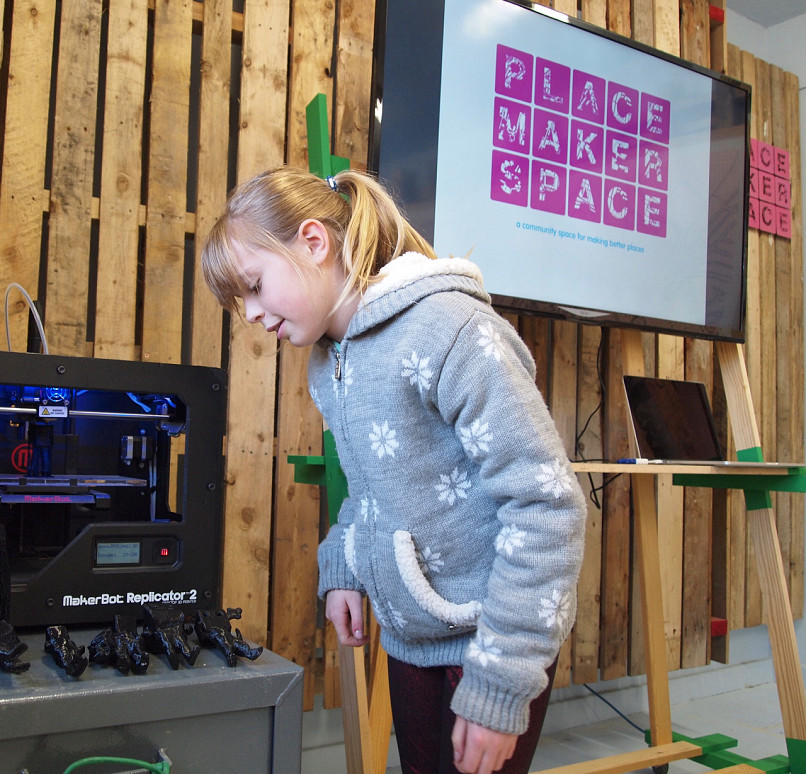
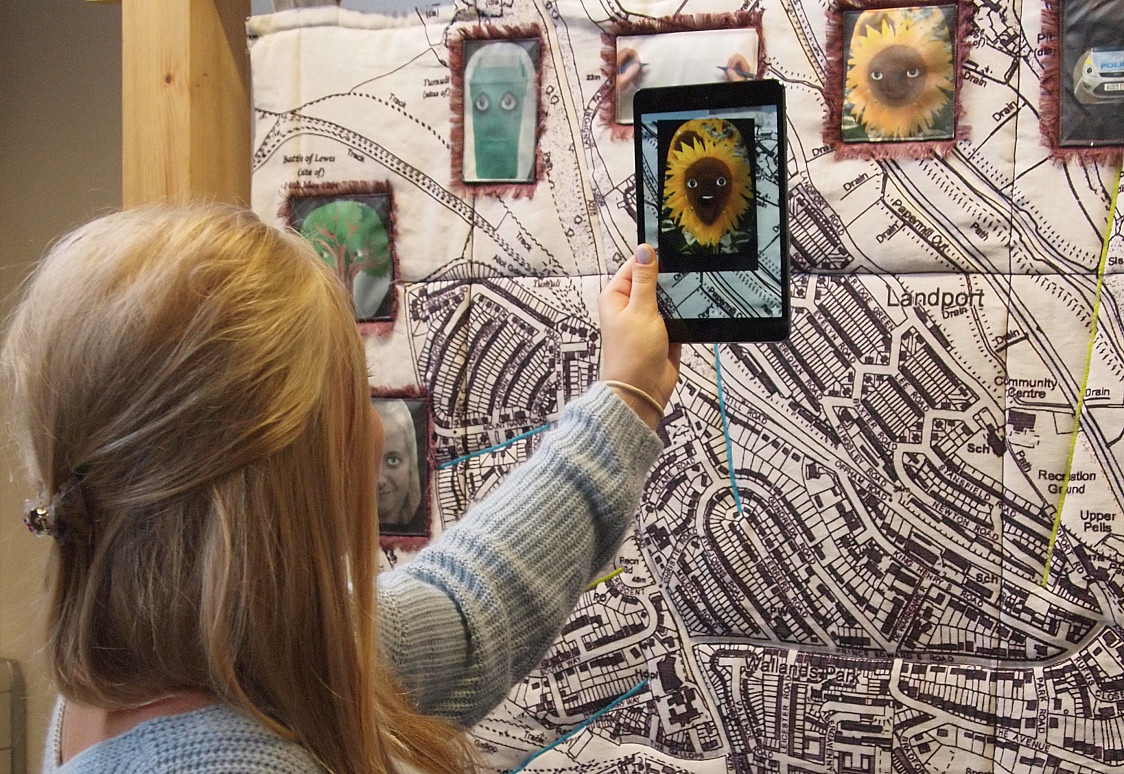



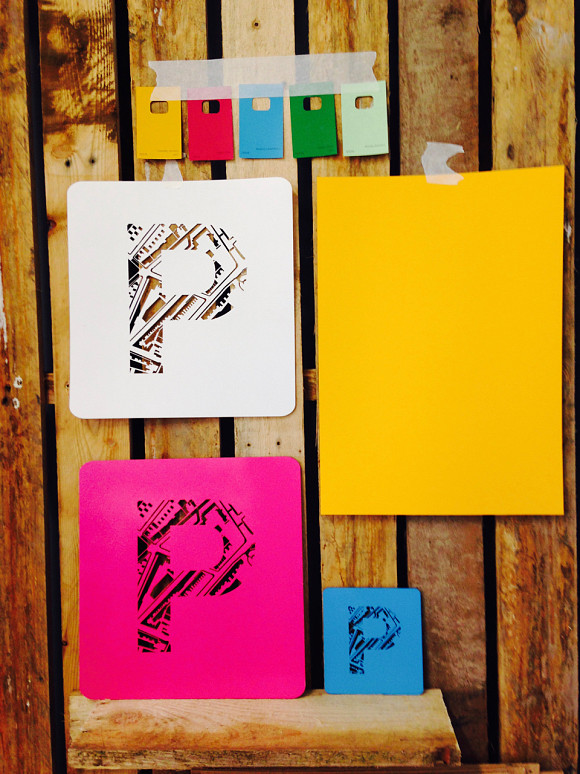
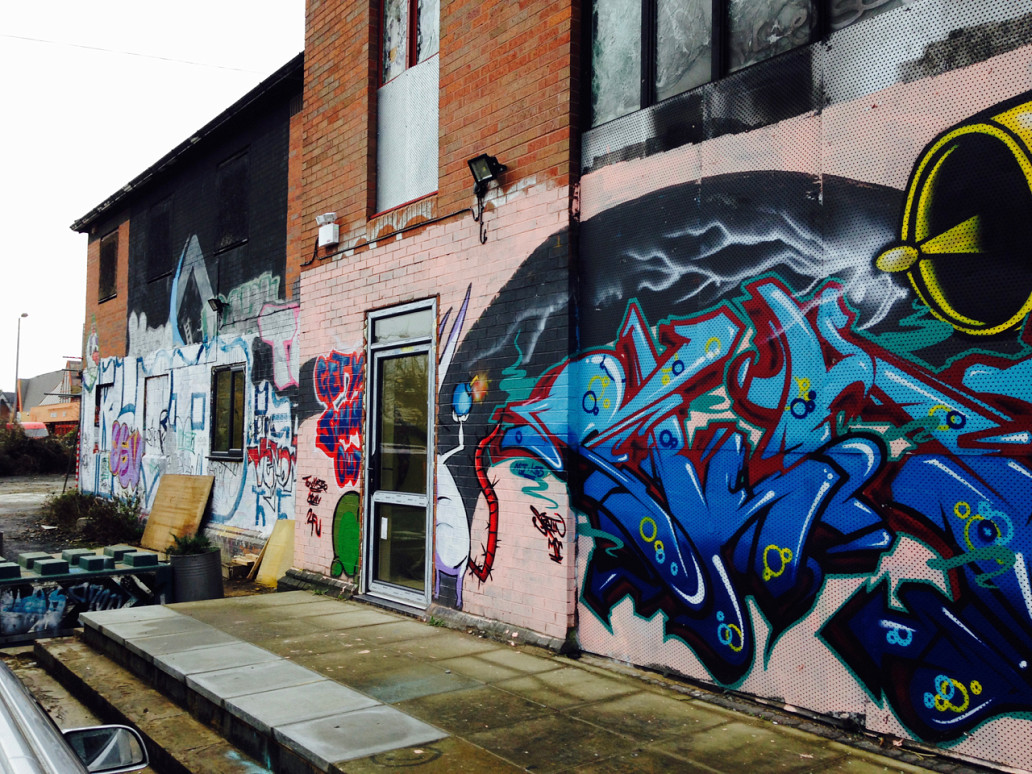
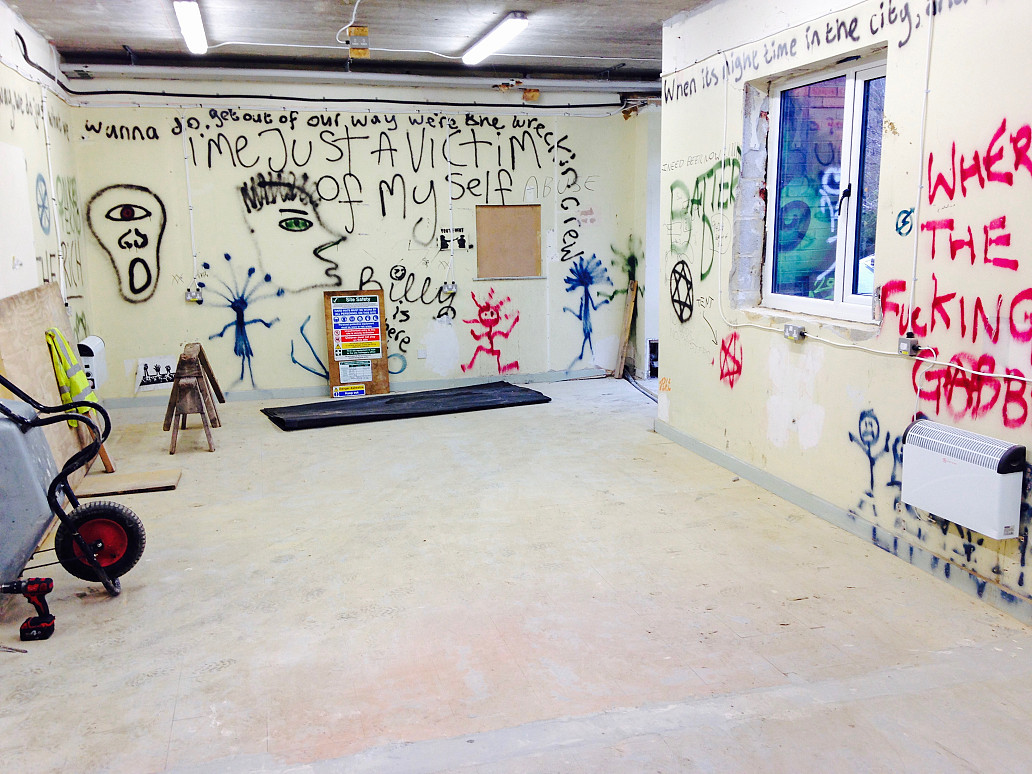

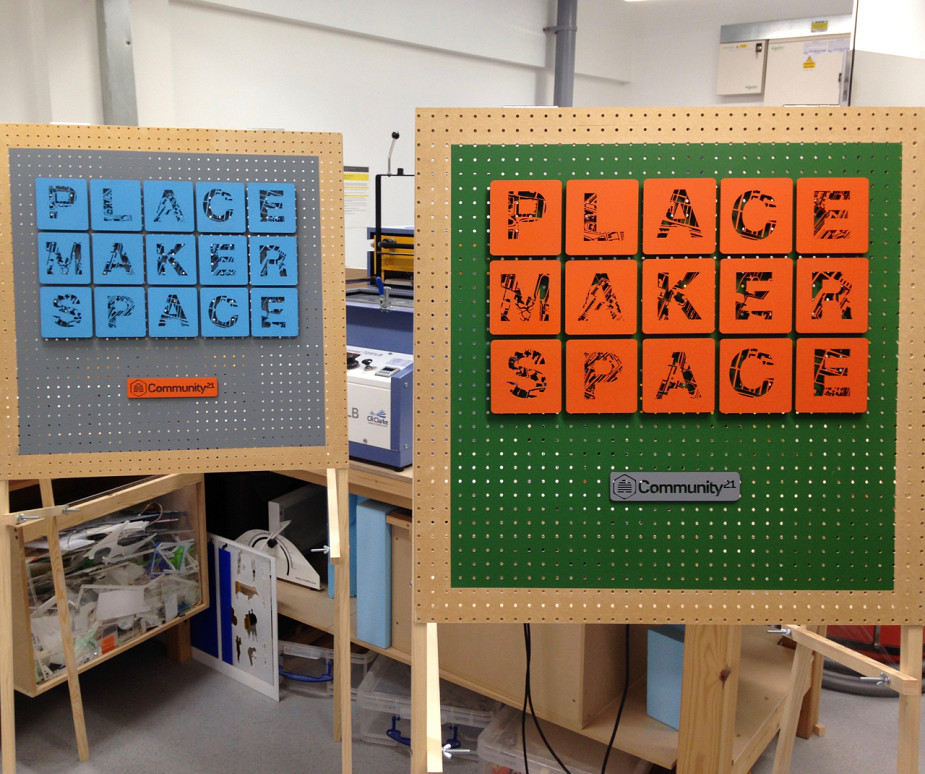
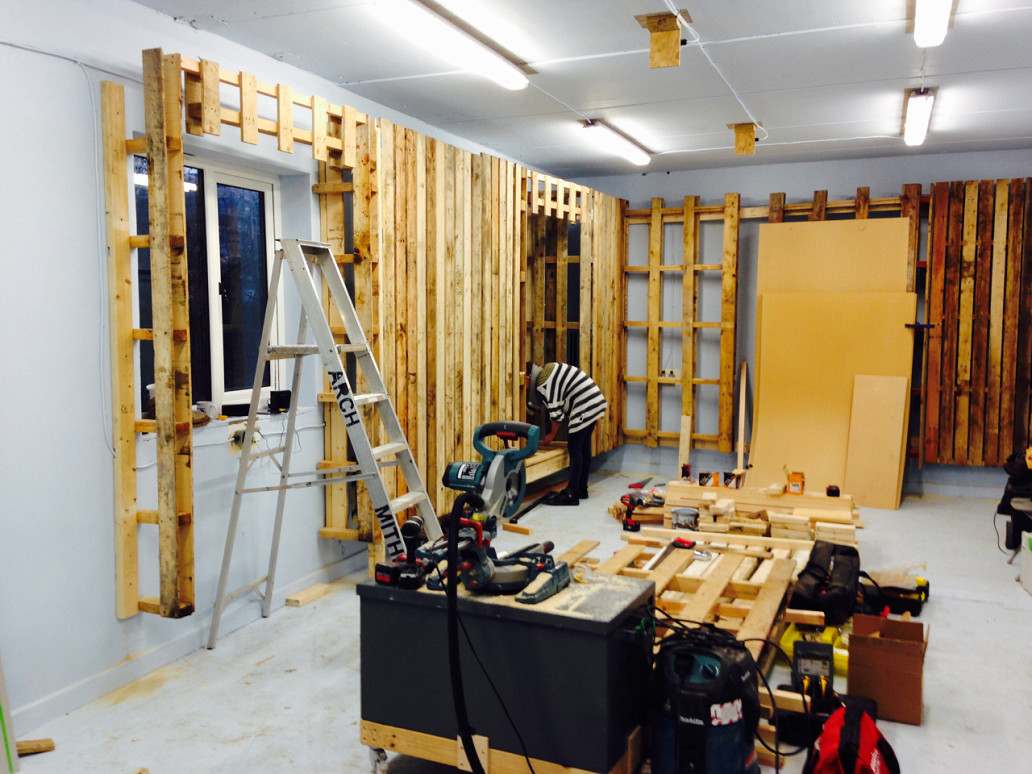
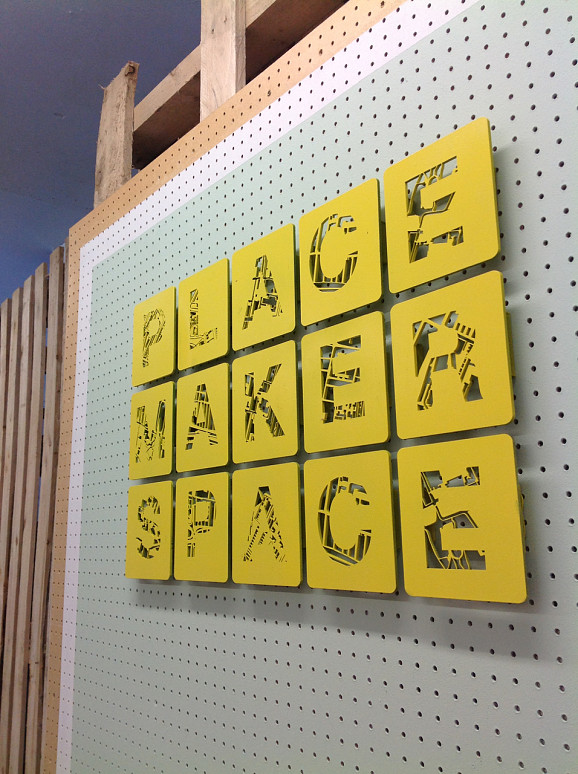
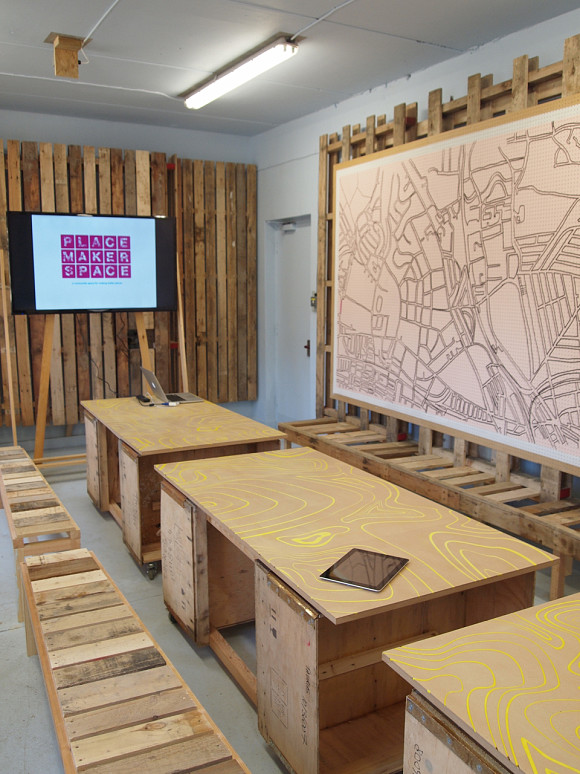
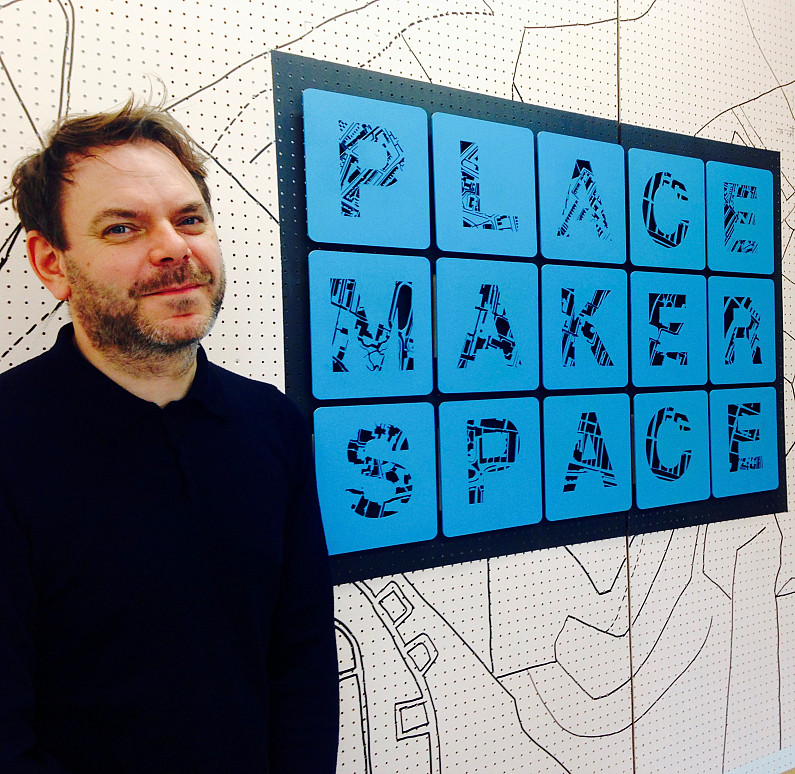
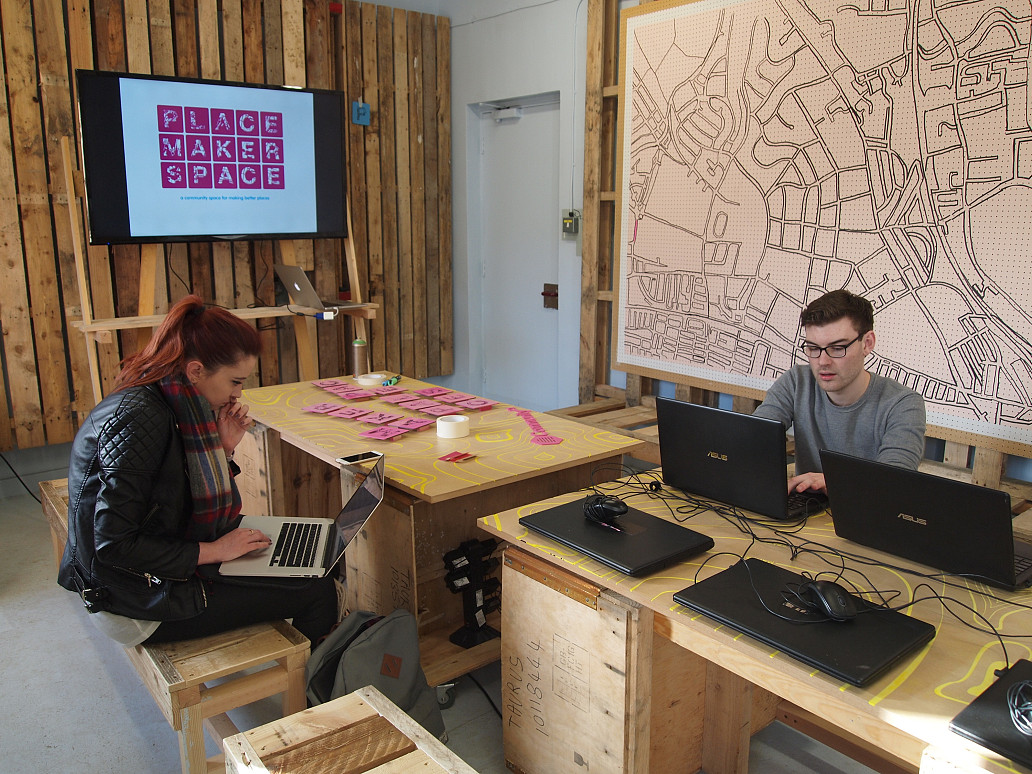

The Place-Maker-Space is a physical room centrally located in the city and is specifically intended to generate collaborative debate and creative interaction between universities, the public and private sector and communities (Farrell Review 2014). It will be used by university academics, students, graduate groups, planning officials, private companies and community members. As a physical extension of the Community 21 digital website it also forms part of a broader ‘Maker-Space’ movement which has seen the development of communal craft and technology workshops which help form social bonds and develop new skills within communities through acts of making (Hatch, 2014; Halse et al, 2010).
Our work on the Community21 digital platform has demonstrated the role making can have in engaging different groups and communities (Gant & Duggan, 2013) through the fabrication of tools, objects and products. The Place-Maker-Space provides the physical space and relevant software to enable groups to come together to develop collective visions for places making community and neighbourhood planning a more democratic process (DCLG 2015). As such the university plays a significant role in engaging local communities and helping them to engage with and shape their locality in a way that is both creative and informed. (see Making Futures, 2015).
Research questions the space and broader Community21 research explores include:
What role might digital and physical making methods and spaces perform in the engagement of communities in forming collaborative visions for the future their neighbourhood?
Examples of the methods we have used historically include:
The production of augmented reality techno-town-tapestries where ‘hard-to-reach’ or disenfranchised groups can use animation apps to ‘characterise’ problems or ideas in anonymous ways and communicate them back to the community through a publically accessible, intelligent interface.
Minecraft (a popular computer game) which engages young people in the co-production of highly interactive, ‘gamified’ and realistic virtual simulations of their lived or imagined spaces that can be shared locally or globally (Reckien & Eisenack, 2010).
Ageing apps and role play apps that visually illustrate someone’s own ageing process to elicit empathy in younger people or enable the anonymous expression of ideas and issues.
The Community21 initiative with its digital and physical spaces provide an opportunity to co-define the challenges and concerns for research and practice with different urban and rural communities. From a university perspective, this process is invaluable in helping to ensure the continued relevance of our teaching and research in subjects such as design, planning, urbanism, social science, geography etc. Moreover it is also helping to redefine these subject areas away from static notions of disciplinary distinction, into inter-disciplinary and cross-disciplinary engaged activity that involves stakeholders, transcends boundaries and is responsive to changing contexts. Through co-production and co-defined spaces we are able to make meaningful and useful applied place-based interventions, connecting communities (Sawhney et al, 2015) for sustainability and resilience (Manzini 2015; Horlings 2015; Frankin & Marsden, 2015). Together they illustrate how virtual and physical spaces both play a role in meaningful engagement.

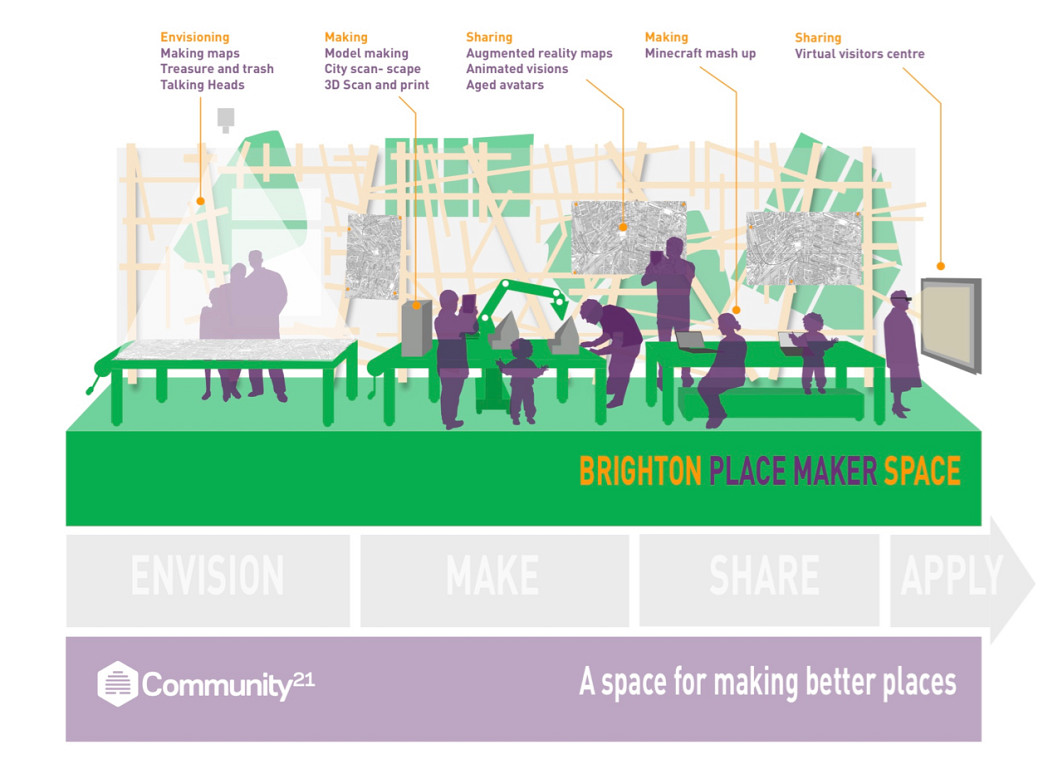
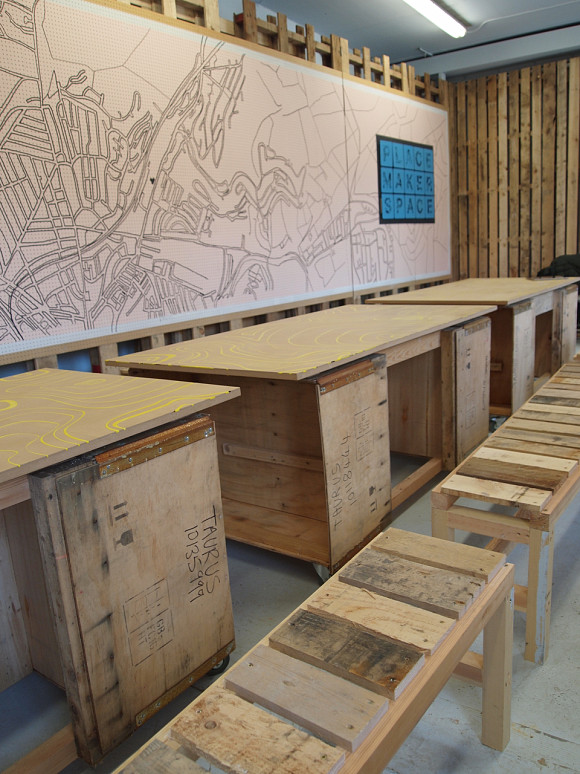
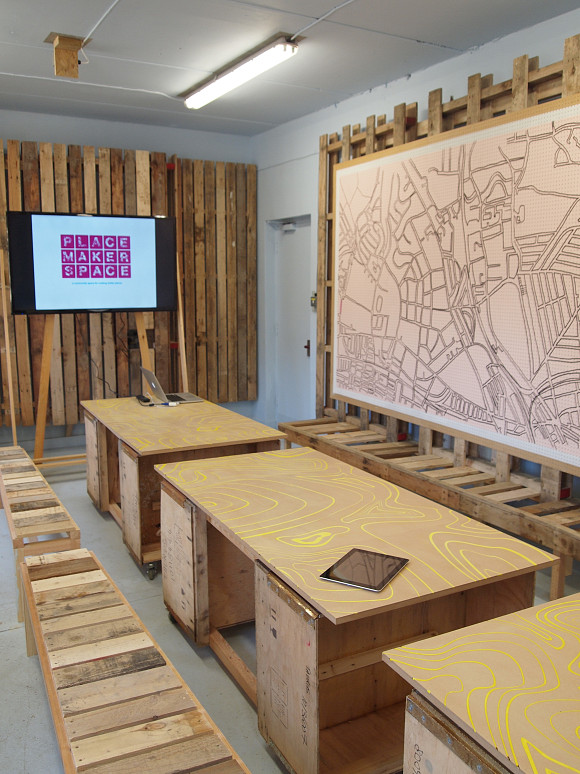
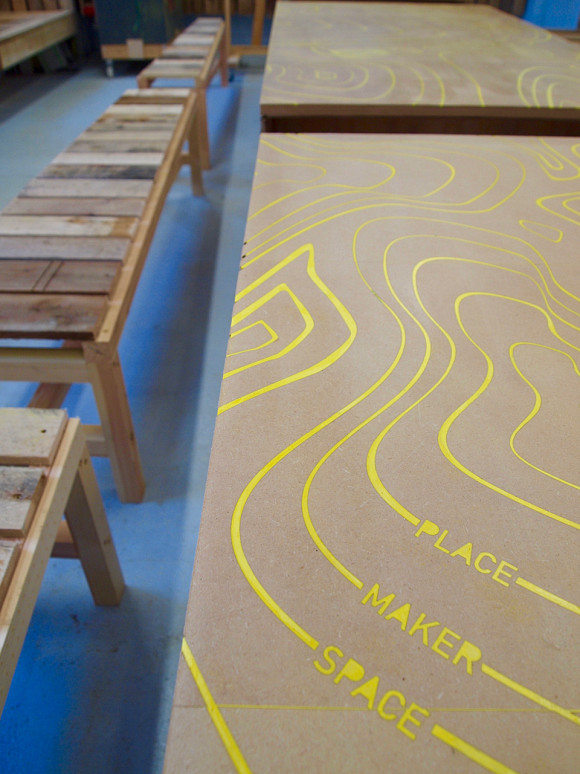

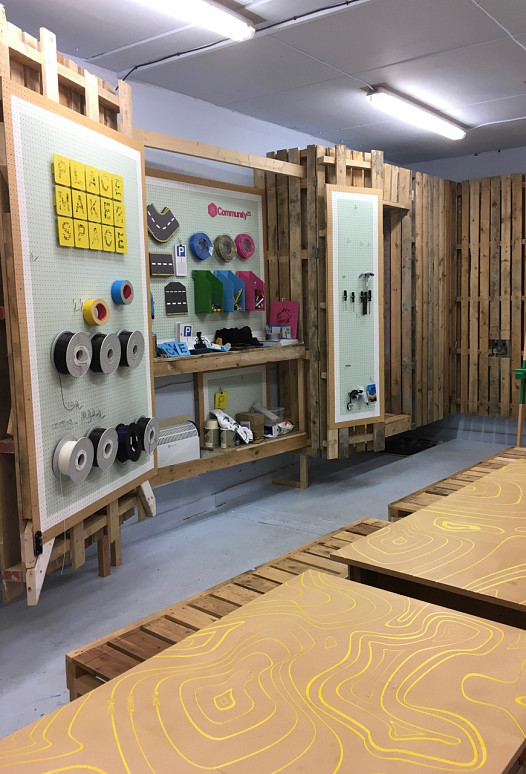

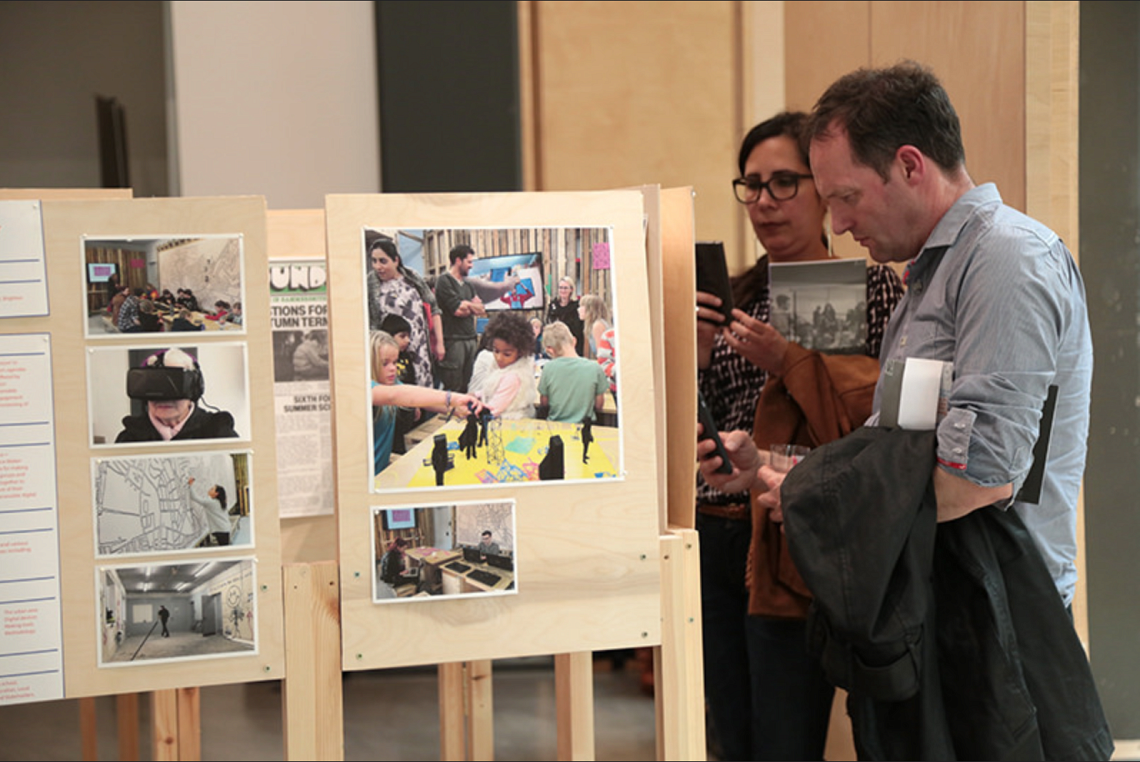
The Place-Maker-Space features in ‘Urban Rooms, Civic Schools & City Learning. past, present and future’. Presentation of design for urban engagement spaces - Tate Exchange, Tate Modern Museum, London and The Bartlett, London (July 2018) led by Sol Perez Martinez s.perez.13@ucl.ac.uk
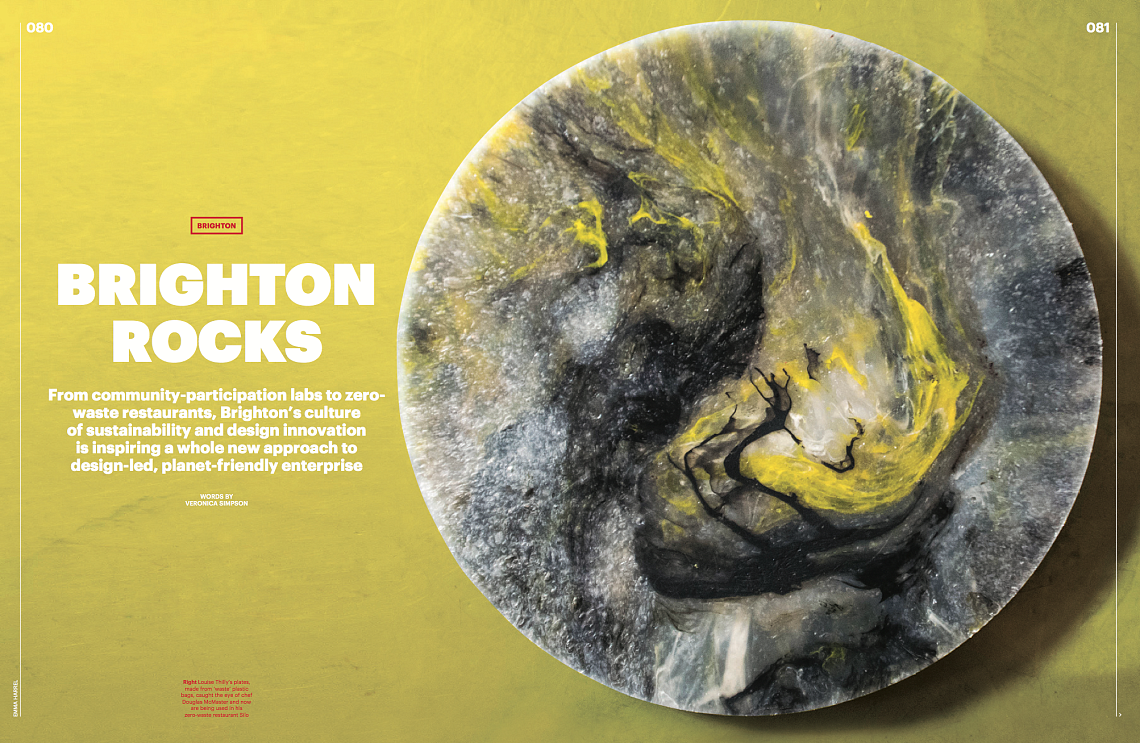
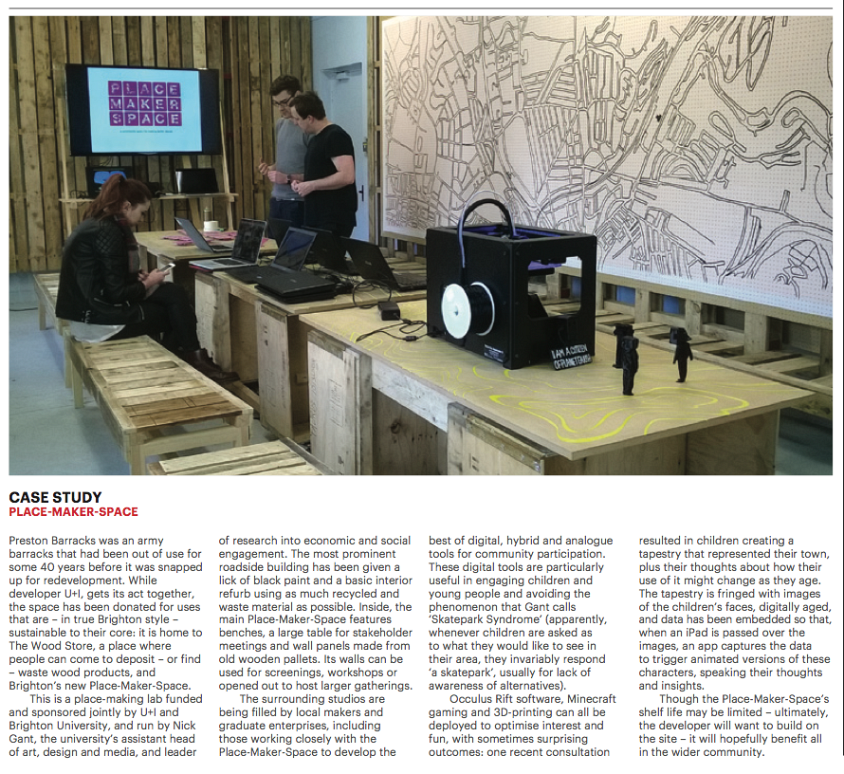
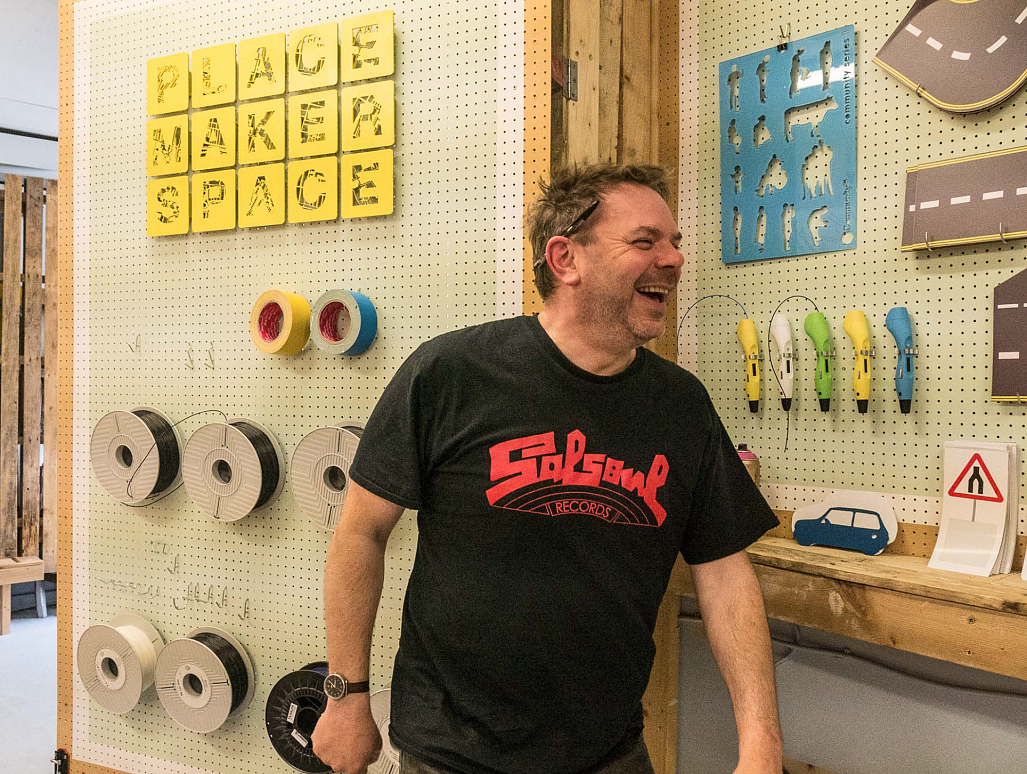
Place-Maker-Space features in design industry publications FX / Blueprint and an in-depth article relating to our app arch to place-making in Local Legends